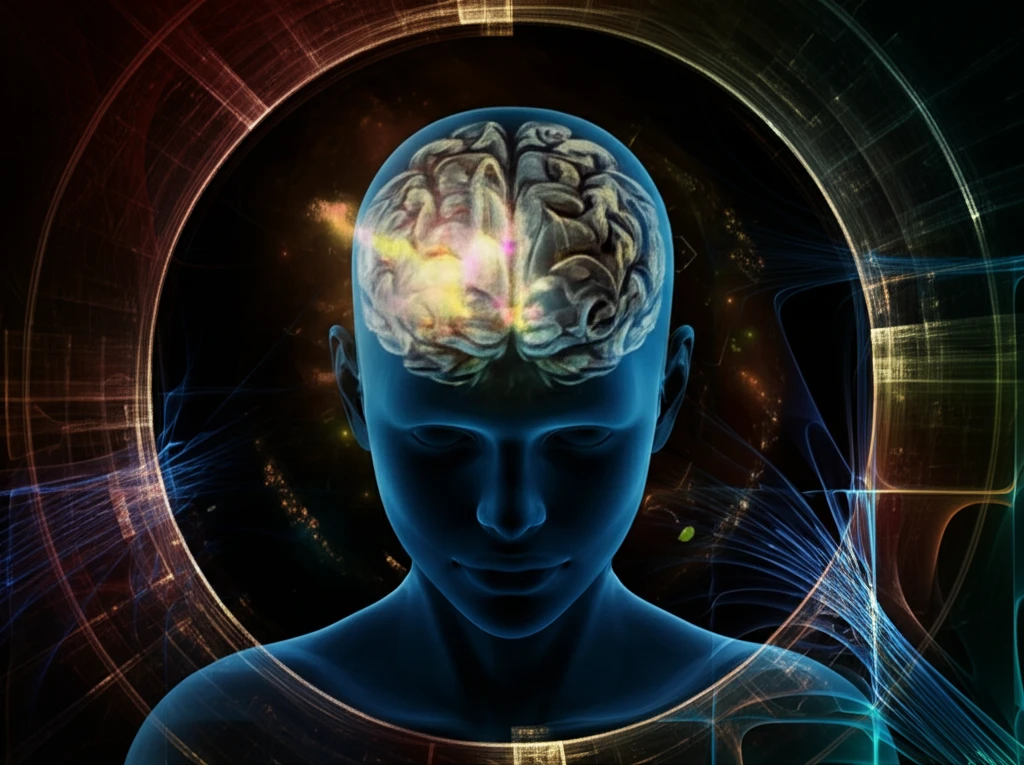
Unlock Your Brain's Potential: Predicting Cognitive Skills with EEG
"Harnessing the power of brainwave analysis to understand and enhance human learning"
Imagine a world where learning is perfectly tailored to your brain's unique needs. The burgeoning field of cognitive skill prediction, powered by electroencephalography (EEG), is making this vision a tangible reality. EEG, a non-invasive technique that measures brain activity through electrodes placed on the scalp, is emerging as a powerful tool for understanding and predicting how we learn and process information.
Traditionally, emotion classification using the valence-arousal model has guided research. However, the need for a new method for cognitive predictions is prompting this move. Accurate prediction of cognitive skills could potentially lead to advances in teaching and help better understand certain learning disabilities.
This article delves into a groundbreaking study that explores the potential of EEG signals to classify and predict human cognitive skills. By analyzing brain activity at different frequencies while individuals tackle arithmetic questions of varying difficulty, researchers are uncovering patterns that could revolutionize how we approach education and cognitive enhancement.
Decoding Brainwaves: How EEG Predicts Cognitive Performance

The central premise of the study revolves around capturing and interpreting EEG signals using the EMOTIV EPOC+ neural headset. This advanced piece of technology records brain activity across 14 channels, providing a rich dataset for analysis. Participants in the study were tasked with solving a series of arithmetic questions, each designed to engage different cognitive processes. During these tasks, their brainwave patterns were meticulously recorded.
- Feature Extraction: Identifying relevant characteristics within the EEG data.
- Feature Selection: Choosing the most informative features to improve classification accuracy.
- Machine Learning Classifiers: Training algorithms to distinguish between different cognitive states based on EEG patterns.
The Future of Learning: EEG-Driven Cognitive Enhancement
This research marks a significant step towards unlocking the full potential of EEG technology for cognitive enhancement. By accurately predicting cognitive skills, we can pave the way for personalized learning programs that adapt to individual brainwave patterns. Moreover, this technology holds promise for identifying and addressing learning disabilities, offering targeted interventions to support students' cognitive development. As EEG technology continues to advance, we can anticipate even more sophisticated applications that transform how we learn, work, and interact with the world around us.
